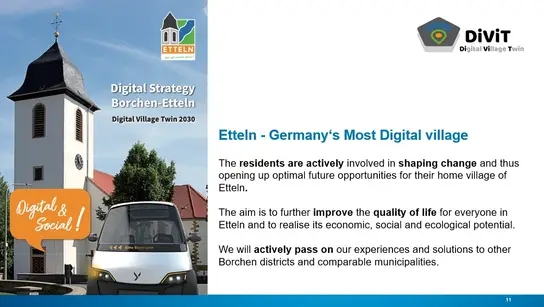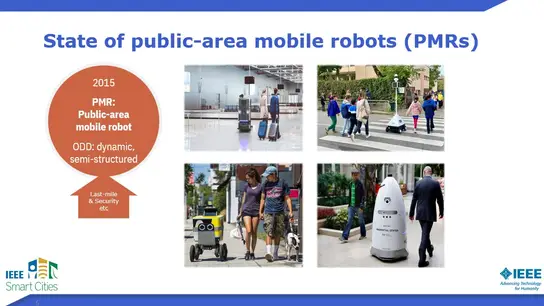Near Field Exposure Conditions of UHF-RFID Systems in Smart Healthcare Environments
Silvia Miguel-Bilbao, Jose A. Hernandez, Oscar J. Suarez, Pablo Marina, Victor M. Febles, Luis E. Rabassa, Samuel Suarez, Jolanta Karpowicz, Patryk Zradzinski, Krzysztof Gryz, Erik Aguirre, Victoria Ramos
-
Members: FreeEMC
IEEE Members: $11.00
Non-members: $15.00Length: 00:09:50
09 Aug 2021
Short range wireless RFID technology has many applications in socialcare and healthcare environments, having to coexist with other sources of electromagnetic (EM) radiation and even with patients’ implanted devices. This work provides an overview of exposure conditions in near EM field conditions and evaluates this exposure. The near EM field conditions by RFID reader is discussed based on the results of measurements inside an anechoic chamber under strict experimental conditions, and numerical modelling with simulation software. The obtained results were considered with respect to the human EM exposure evaluation principles and exposure limitations provided by the relevant international guidelines and regulations. In areas close to the RFID reader, the local exposure to EM radiation has the near field nature, i.e. the impedance of EM field significantly differs from the far field (free space). Evaluating human exposure requires measurements of the electric and magnetic field strength, or even the numerical modelling of Specific Energy Absorption Rate (SAR). It was found that a near field nature of EM radiation near an RFID reader ranges several times longer when the operator is present nearby, compared to the same emitting device considered alone in the empty space. This is of significance when evaluating EM exposure of humans (patients or health care personnel, especially users of medical implants) if, for any reason, they are less than 50 cm away from an RFID reader, especially when emission from it exceed 2 W.


